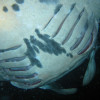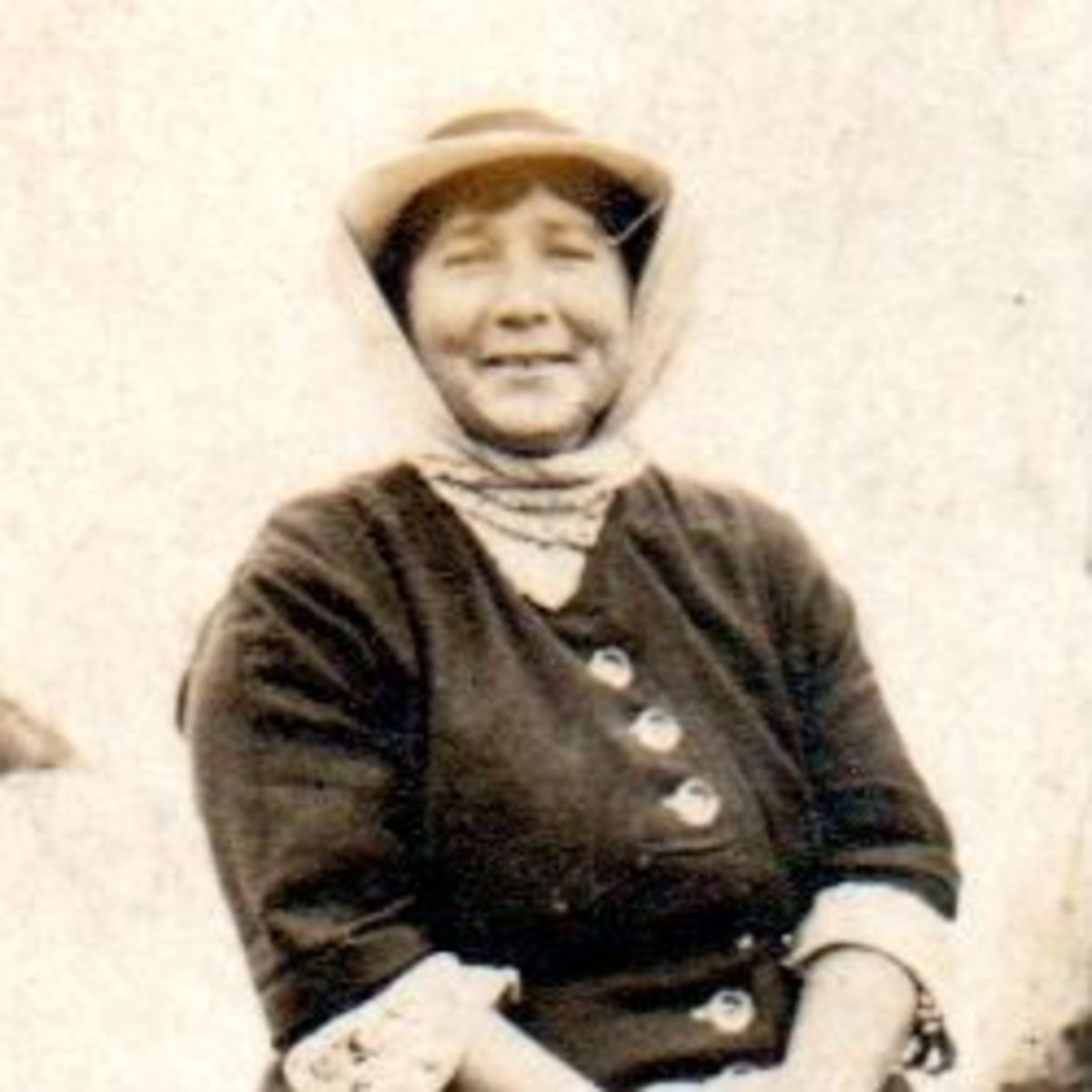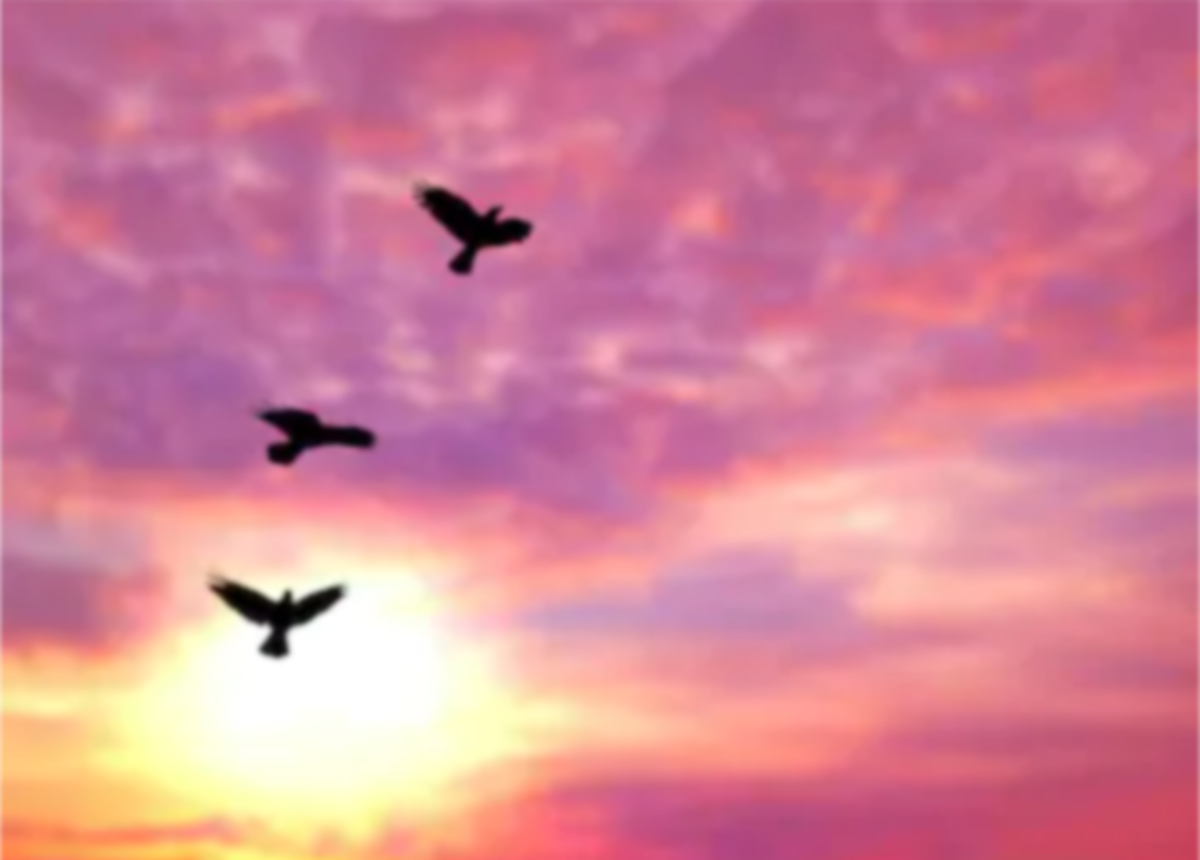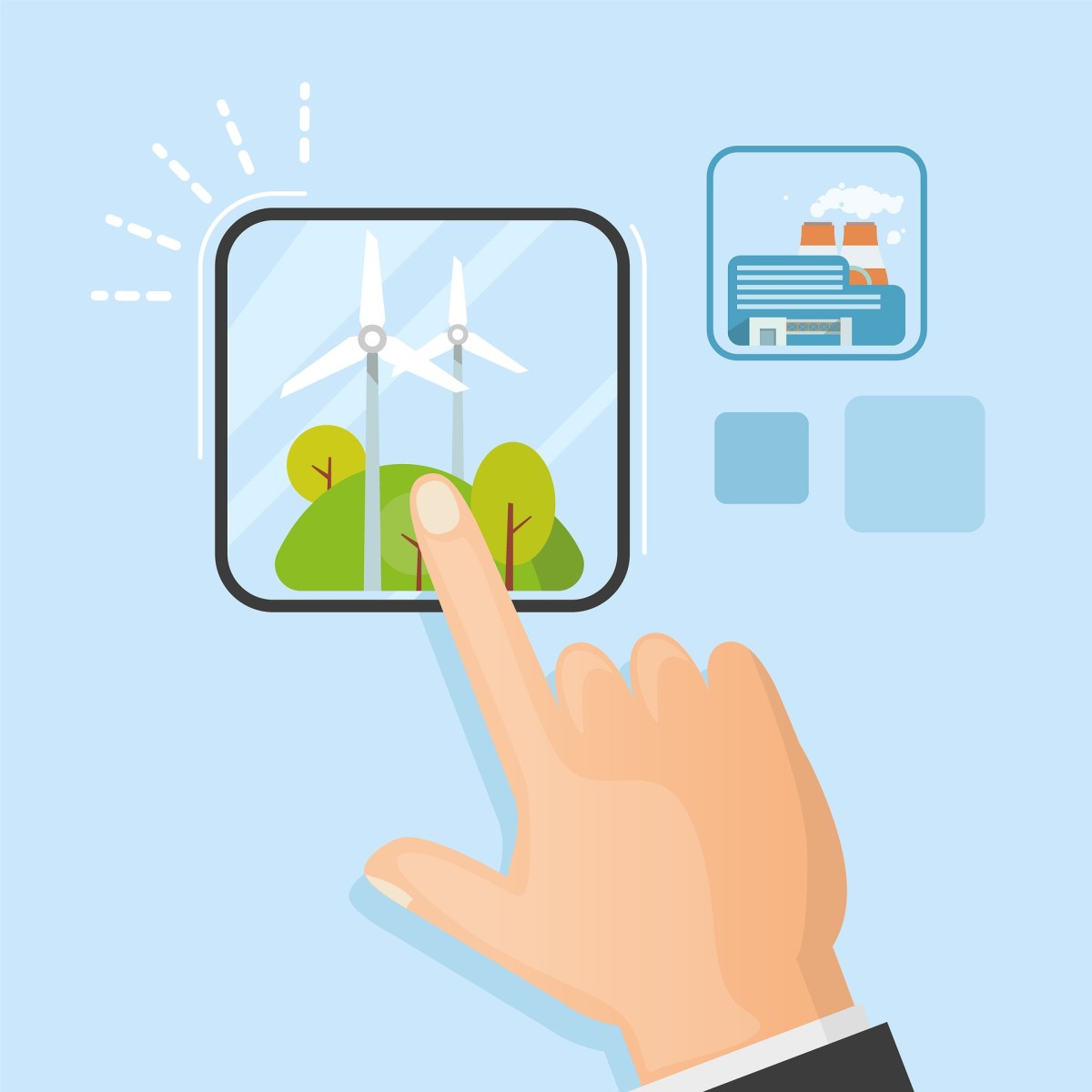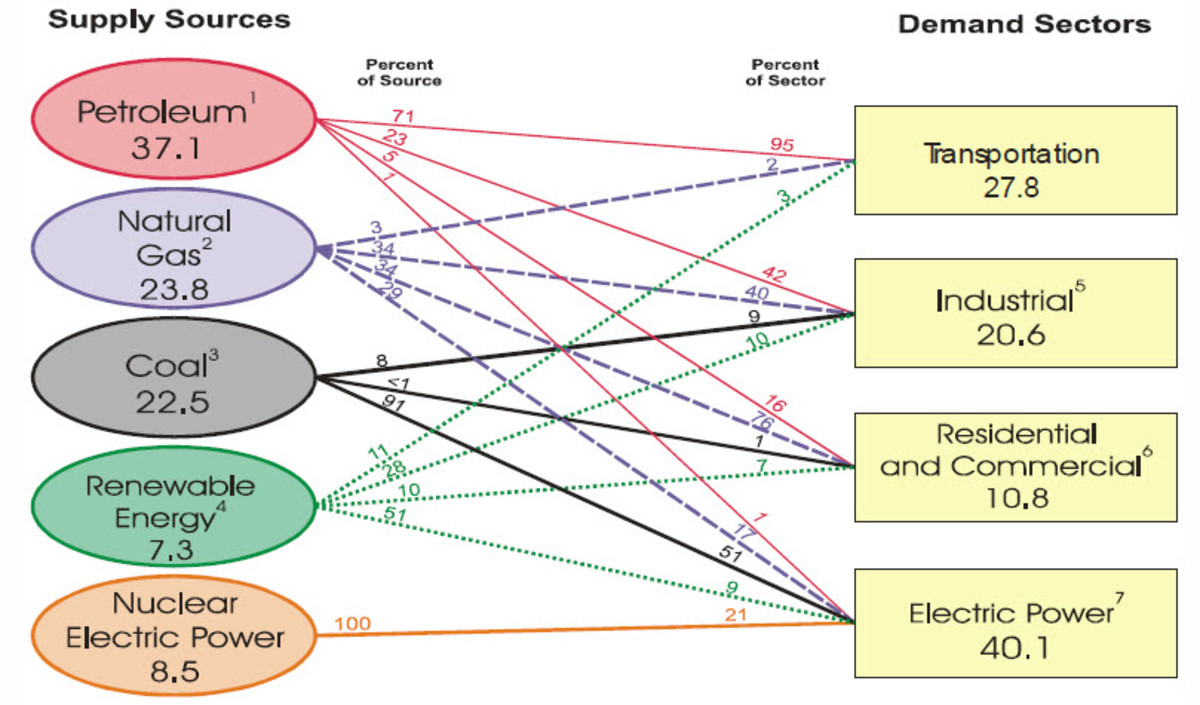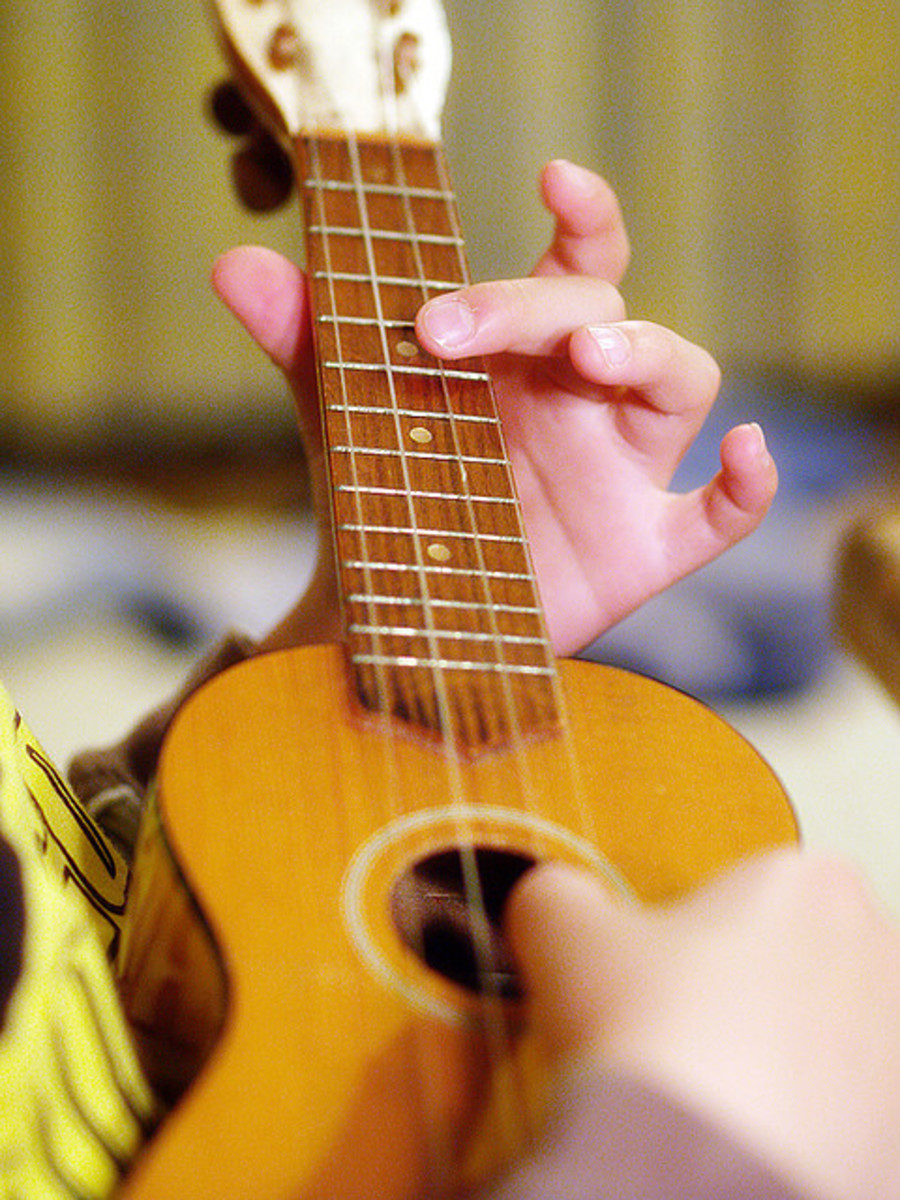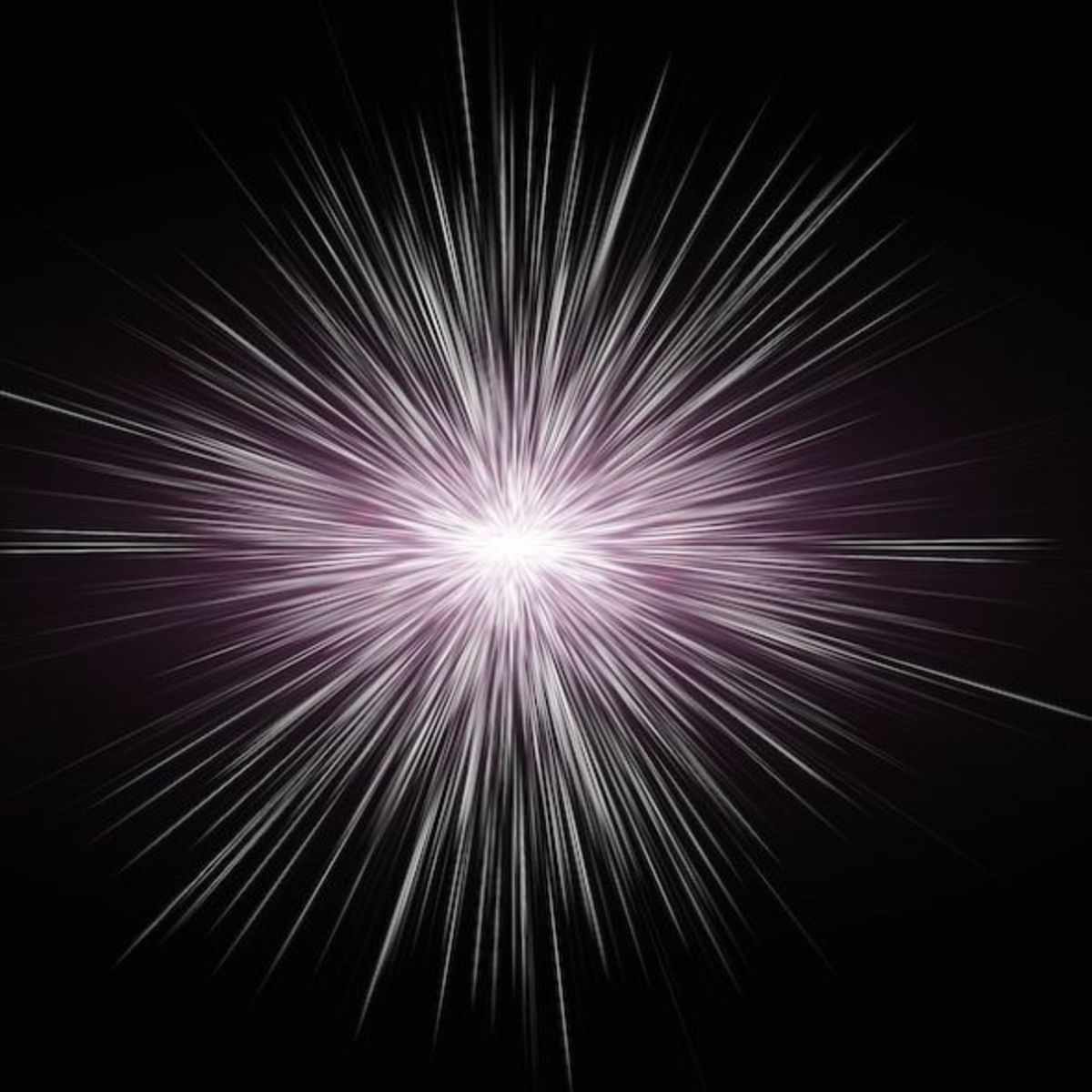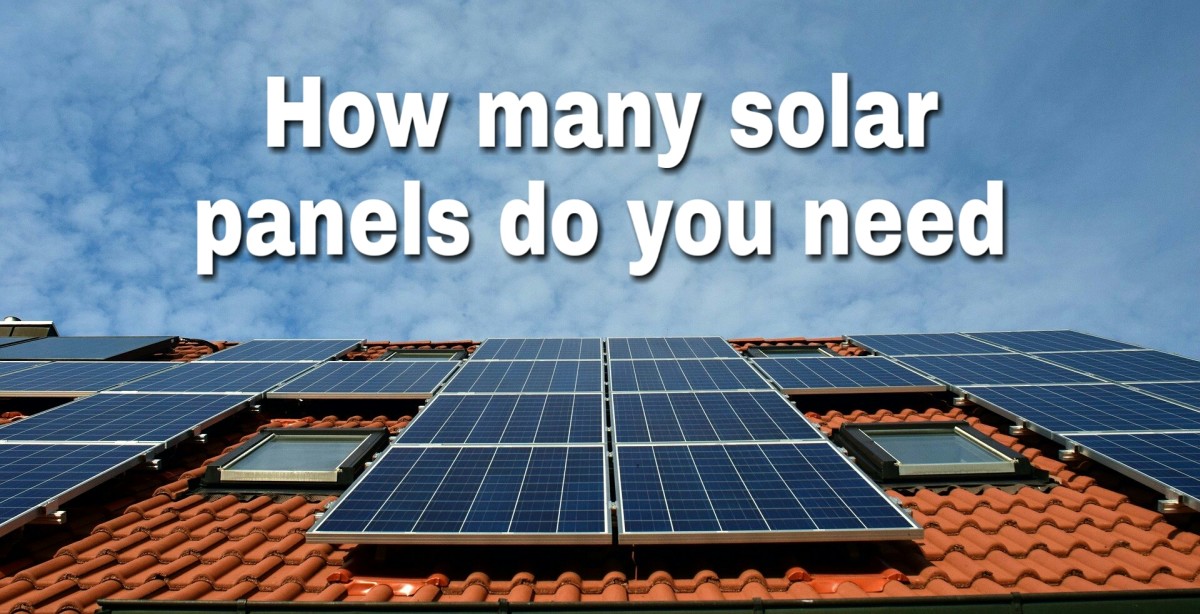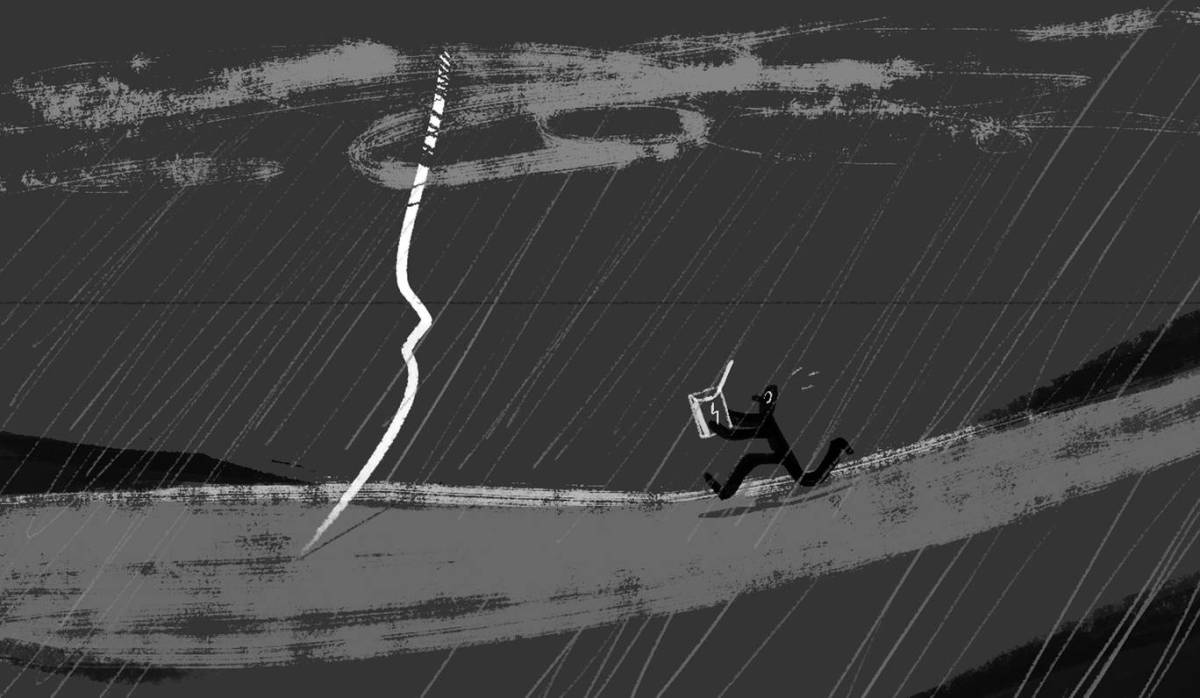Birds, Bats, and Hawaiian Wind Power
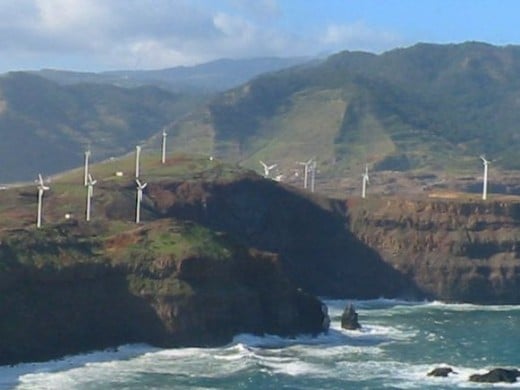
Hawaii is the most fuel dependent state, and efforts are being made to increase the use of renewable energy resources and decrease pollution caused by conventional power plants. Hawaii has an abundance of natural advantages, given by its location in the earths sun belt (solar thermal and photovoltaic), geothermal energy from volcanic activities, ocean thermal energy conversion (OTEC), sea water air conditioning, or wind power, important since the first Polynesians traveled the islands, just to name a few.
Impact on bats and birds
The state has set its goal to achieve 15% of generated energy from clean energy by 2015 and 70% (40% thereof from renewables) by 2030. The Hawaii Clean Energy Initiative agreement was signed in 2008 and sparked a lot of developments such as the currently built 69 MW Kawailoa Wind Power project close to Oahu’s North Shore.
While the initial objective is noble and necessary, wind power is also known for its negative impact on birds and bats, killing many of them each year. While birds collide with the blades, more bats are sucked into the low pressure area behind the blades, which basically bursts the blood vessels in their lungs. This issue is thought to primarily occur during migration and mating season for bats and affects different kind of species. Studies to solve this issue are being done with ultrasonic devices attached to the turbines to hold off the bats, like in Austin,TX. Researchers at the University of Bristol, UK, suggest implementing radar technology, since radar signals proved to deter them. More studies are necessary though and the understanding of bat behavior is still at its beginnings.
Wind farms in Hawaii and the Habitat Conservation Plan
In Hawaii, the developer ‘First Wind’ already completed projects on Oahu, 30 MW Kahuku wind farms on the North Shore as well as Kaheawa I and recently Kaheawa II on West Maui, with a total output of 51 MW.
Hawaii is home to many endangered and threatened animals, such as the endangered Hawaiian goose (nene), Hawaiian hoary bat and Hawaiian petrel, and the threatened Newell's shearwater. Those four species are affected by the Kaheawa wind farms and the developer is bound to an agreement called the Habitat Conservation Plan (HCP), required under the Endangered Species Act. The plan states that the damage/impact on a listed species has to be a minimum and beneficial actions to the species as a whole must be taken. In that sense, the birds and bats are lucky to be on that list, since the company donated more than USD 260000 in mitigation efforts; some agreed upon measures however, are still pending after several years.
In regards to the wind farm under construction on Oahu’s North Shore, six listed species again will be affected, the Hawaiian moorhen, coot, duck, stilt, hoary bat, and the Newell's shearwater. Proposed actions include trap development, predator control, fencing, habitat/wetland restoration, vegetation maintenance, and research. It remains to be seen how those measure will be implemented and enforced though.
More effort is needed to save those useful insect eaters
Wind power plays a very important role in replacing conventional greenhouse gas emitting power generation facilities. However, considering its impact on birds and bats, measures should be focused on directly avoiding those fatalities rather than making up for them through a HCP, like putting more effort on already running, promising studies. Aside from the responsibility of protecting endangered species, insect-eating bats are worth millions for the agricultural industry as pest control. According to the US Department of the Interior, US Geological Survey, they save the industry at least USD 3 billion per year.
